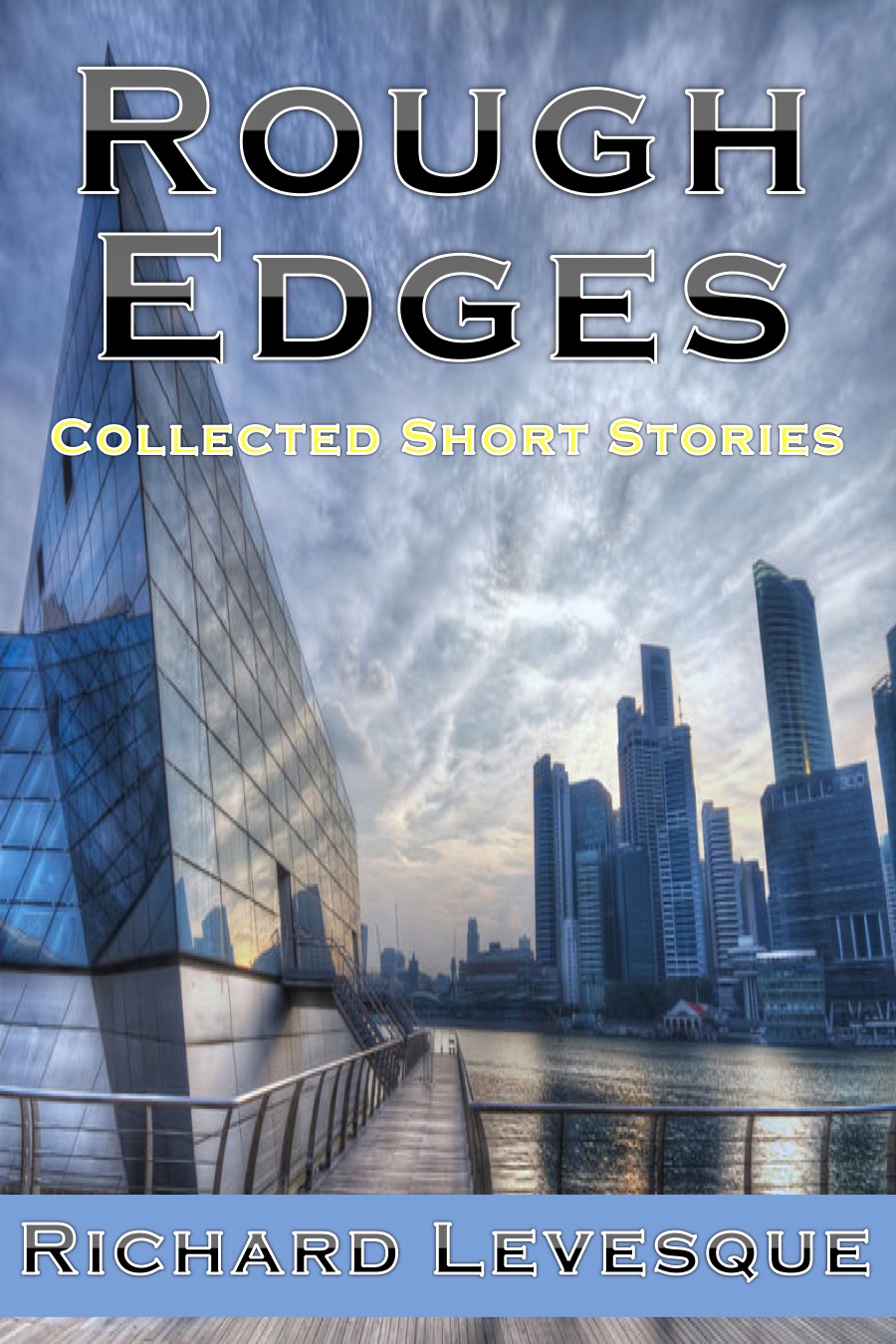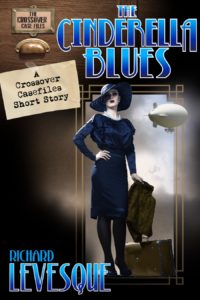A Few Tips for DIY Editors
When Jon Stewart interviewed Christopher Walken on The Daily Show recently, he asked Walken if he’d ever had to give one of those fake 555 phone numbers while acting in a film. Stewart’s point was that every time a character uses one of those numbers, it pulls viewers out of the movie. These aren’t real people, those fake phone numbers seem to shout, and this is just a movie.
There are lots of things a director or actor can do to undermine a viewer’s willing suspension of disbelief. The same is true of writers. And there’s probably no faster way to break a reader’s bond with a story or character than for a careless error to show up in the middle of a page.
I had to cringe recently when looking at an indie writer’s excerpt and saw that the author had described a woman’s bare “midrift” rather than “midriff.” I’m an English professor by day, so I cringe a lot at things like that.
Mistakes happen–even in expensive hardcovers put out by the Big 6–books where there are people whose job it is to edit and proofread. If that’s what happens when a writer has a professional editor assigned to him or her, the chances of those kinds of mistakes occurring when the writer is working as an independent seem much higher. And that’s why there are so many people out there offering their services as editors for indie authors. I don’t know the percentage of people who use these services, but I do know there are a lot of writers who opt not to–either because they’re not willing or able to take on the expense, or because they don’t think they need such a service.
The other thing to consider, though, is that editing is also about more than correcting errors. It’s not just proofreading. A well-edited book is one that flows smoothly so that the clunkiness of one’s phrases doesn’t get in the way of the story and cause the reader to stop suspending his or her disbelief.
Given that, here are a few things to consider for those of you who are self-editing or planning on putting out a book without hiring an editor first. I’m hopeful that some of these things will help you punch up your writing and enable you to keep your readers turning the page without letting problems with grammar or style distract them.
1. Know the rules. Okay, so maybe this is a no brainer, but if you only think you know the rules of grammar and usage, you’re going to have a problem. If you don’t know the difference between farther and further or effect and affect, then you need to find out. This isn’t always easy to do, but spending some time with a good grammar handbook isn’t a bad place to start.
2. Break the rules. I know, it seems counter-intuitive, but if you know the rules, you can break them. Occasionally. Okay, so right there I just used a sentence fragment–on purpose–for emphasis. If I did it again right away, it might start seeming like I don’t know a sentence from a fragment, so break the rules sparingly and with purpose. Do it because you want or need to. Do it because there’s a particular effect you’re going for, and only rule breaking will get the job done. I just finished reading Junot Diaz’s The Brief Wondrous Life of Oscar Wao, and Diaz breaks the rules constantly, but with purpose. And it works brilliantly.
3. Make conscious choices. When you’re in the writing zone, and it’s flowing, you get a little rush out of how nicely everything is coming together. But don’t be seduced by your own greatness. Writing is fun. Editing is work. Go back and look at those amazing sentences; look at them word by word. Forget how brilliant you were when you wrote those sentences. Instead, ask yourself if everything in those sentences serves a purpose. If it doesn’t, cut it or change it.
4. Avoid passive verb constructions (or use them sparingly). In terms of meaning,  there’s no difference between “The dog bit me” and “I was bitten by the dog.” But the second version sounds clunky, and the reader has to read extra words to get the same meaning. Most readers don’t like having to do extra work, so don’t make them unless it serves a specific purpose (see #3 above). Also, you can drop the “by” phrase in a passive sentence, and it will still be grammatically correct, so we can get a sentence like “I was bitten” without knowing who or what did the biting. There goes your vampire novel. My point is, sentences like this are vague. Don’t use them unless you need to.
there’s no difference between “The dog bit me” and “I was bitten by the dog.” But the second version sounds clunky, and the reader has to read extra words to get the same meaning. Most readers don’t like having to do extra work, so don’t make them unless it serves a specific purpose (see #3 above). Also, you can drop the “by” phrase in a passive sentence, and it will still be grammatically correct, so we can get a sentence like “I was bitten” without knowing who or what did the biting. There goes your vampire novel. My point is, sentences like this are vague. Don’t use them unless you need to.
5. Avoid forms of “to be.” This is along the same lines as #4. Your sentences are going to be stronger if they are action packed, and that means action verbs, not linking verbs. Force yourself to write your way around is, are, was and were. Don’t use them as the main verbs in your sentences unless you need to. There’s almost certainly a way to rephrase to make things more active. Consider the difference between “The knife was in her hand” and “She gripped the knife.” The first isn’t wrong, but too many sentences like that will leave the writing flat.
6. Emphasize. Think about what you want the reader to focus on, and make sure those ideas are in the spotlight. You could write a sentence like “She began to cry” and it would be okay, but the crying comes at the end of the sentence and the fact that she began crying is what’s emphasized. Does it really matter that she began crying? Isn’t it more interesting that she cried? Or how she cried? Or why?
7. Don’t rely on adverbs to do your work for you. You could write “Slowly I walked toward the door, my heart pounding rapidly.” Or you could write “With each step I took toward the door, my feet felt heavier and my heart pounded faster.” In the second version, we’ve dropped slowly and rapidly. Just having those two opposing adverbs in the sentence might make it seem odd to a reader. But dropping them and letting actual description do the work helps bring the image to life.
8. Vary your sentence type and length. None of us is Hemingway, so that succession of short sentences you’ve been writing–with one subject/verb pair in each–may not be something you can get away with for long. The same goes for long sentences. And as to sentence type, readers appreciate variety there, too. An astute reader once pointed out to me that in sentence after sentence I tended to have a dependent clause followed by an independent clause, a conjunction, and another independent clause. When I re-read the manuscript, I was surprised to see that pattern repeating throughout. Would the average reader pick up on the pattern? Maybe not. But might the pattern still make the writing sound weird, annoying, or repetitive? Maybe. Not worth the risk. I made the changes and worked at breaking that pattern in successive books.
Is that too much to think about? I hope not. It’s by no means an exhaustive list. Exhausting maybe. And if any of this was confusing–if you feel shaky on the passive/active thing or can’t tell one clause from another without a program, then you owe it to yourself and your readers to go back to #1 and brush up on your grammar. Know your craft. It will only help in the end.
books Christopher Walken editing Ernest Hemingway Jon Stewart Junot Diaz Shakespeare The Brief Wondrous Life of Oscar Wao The Daily Show Writing








One Response
Some great tips! Thanks. ^^
Comments are closed.